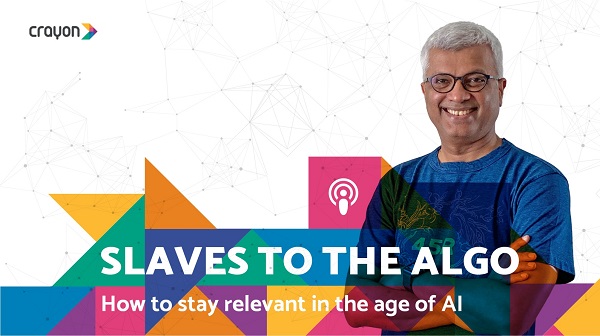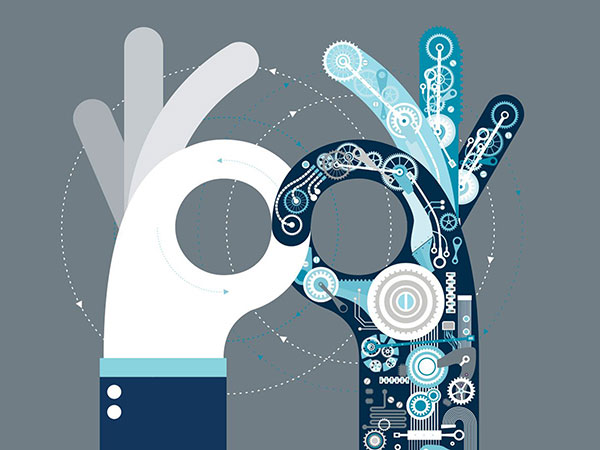Gone are the days when online security could be provided by simply installing the antivirus. Such software has lost its reliability status, and companies have been forced to implement dozens of solutions to maintain cybersecurity. Can Big Data and AI help to ensure online safety? Let’s find out.
Current situation of cybersecurity
Cryptojacking, identity theft, data breaches, ransomware, phishing (to name a few) are real threats these days. You would think you’re safe because you don’t run a business and have nothing valuable that can be stolen online. And this is where you’re wrong.
Almost 3.5 billion people own a smartphone, which puts about 50% of the world’s population at risk. Hackers have become smarter over the past years and can break into any system. Do you remember the 2011 penetration in the servers of Pentagon, NASA, DoD, US Military, and other government websites? You can’t possibly think your phone is more secure.
Only in the first half of 2019, data breaches exposed over 4.1 billion records. Cybercriminals are still after big enterprises. However, they have found another way to sneak in – by targeting employees’ smartphones as the entry point for the company’s network. This doesn’t only cost them money but can have much more serious consequences.
Cyberattacks can cause electrical blackouts, which may be fatal if performed in hospitals. They can paralyze systems affecting their proper functioning. That’s why cybersecurity is more crucial than ever and is forecast to reach an incredible $170.4 billion by 2022 (according to Gartner Research).
The best practices
- Use a firewall
It’s the most basic form of online protection. A firewall will make it more difficult for cybercriminals to access your home or work network.
- Install software updates regularly
Updates ensure that all loopholes in the software and protocols are eliminated. By installing them instantly after they have been released, you lower the risk of a breach.
- Use a VPN for online safety
A virtual private network such as NordVPN will secure your online activity by hiding your IP address and protecting your privacy.
- Beware of unknown emails and pop-ups
Emails with malicious software, spam links, and other threats are very common these days. Do not open a message that seems fishy.
- Use strong passwords
It’s not only about setting up a strong password but also about remembering to change it regularly. You can also use a password manager to store all your passwords safely.
- Backup your data
Remember to create regular backups on both your devices and the cloud to protect your data from ransomware.
- Use MFA
Multi-Factor Authentication adds this extra layer of security to your online activity. You should, however, pick a method that doesn’t involve receiving a code to your phone.
How can Big Data and AI improve cybersecurity?
Some people call them the future of enterprise technology. AI and Big Data have been driving businesses forward for a while now. But how can you leverage them to improve your online safety?
Let’s start with a little bit of background.
AI landscape covers various IT environment areas, such as machine learning, chatbots, or event processing. It aims at mimicking human decision-making mechanisms and intelligence. This way, the time spent on detecting malware and solving other threats is reduced to a minimum as the whole process is automated.
The application of AI in cybersecurity may be relatively new, but experts agree that it solves multiple problems at once. It keeps records of all the previous breaches, analyses the risks, recognizes suspicious activity, and can categorize the attacks.
On the other hand, we have Big Data, which, despite the name, is not just a large volume of data. Every company and every Internet user collects data. It goes without saying it should be stored safely. But the more data, the slower it can be dealt with.
Big Data solves this issue. The speed of the generation and processing of data (also called ‘velocity’) allows a continuous flow regardless of its format. This way, problem-solving within a company takes a fraction of time.
How does Big Data help maintain cybersecurity?
Firstly, it visualizes the threat by allowing analysts to compare historical and current data. They can then understand the gravity of the situation. Big Data can also handle risk management, and no threats will be taken care of with a delay. And let’s not forget about penetration testing that gives companies insights into their infrastructure.
AI and Big Data surely help improve online safety, and businesses can benefit from their implementation. But is it the future of cybersecurity? Only time will tell.























